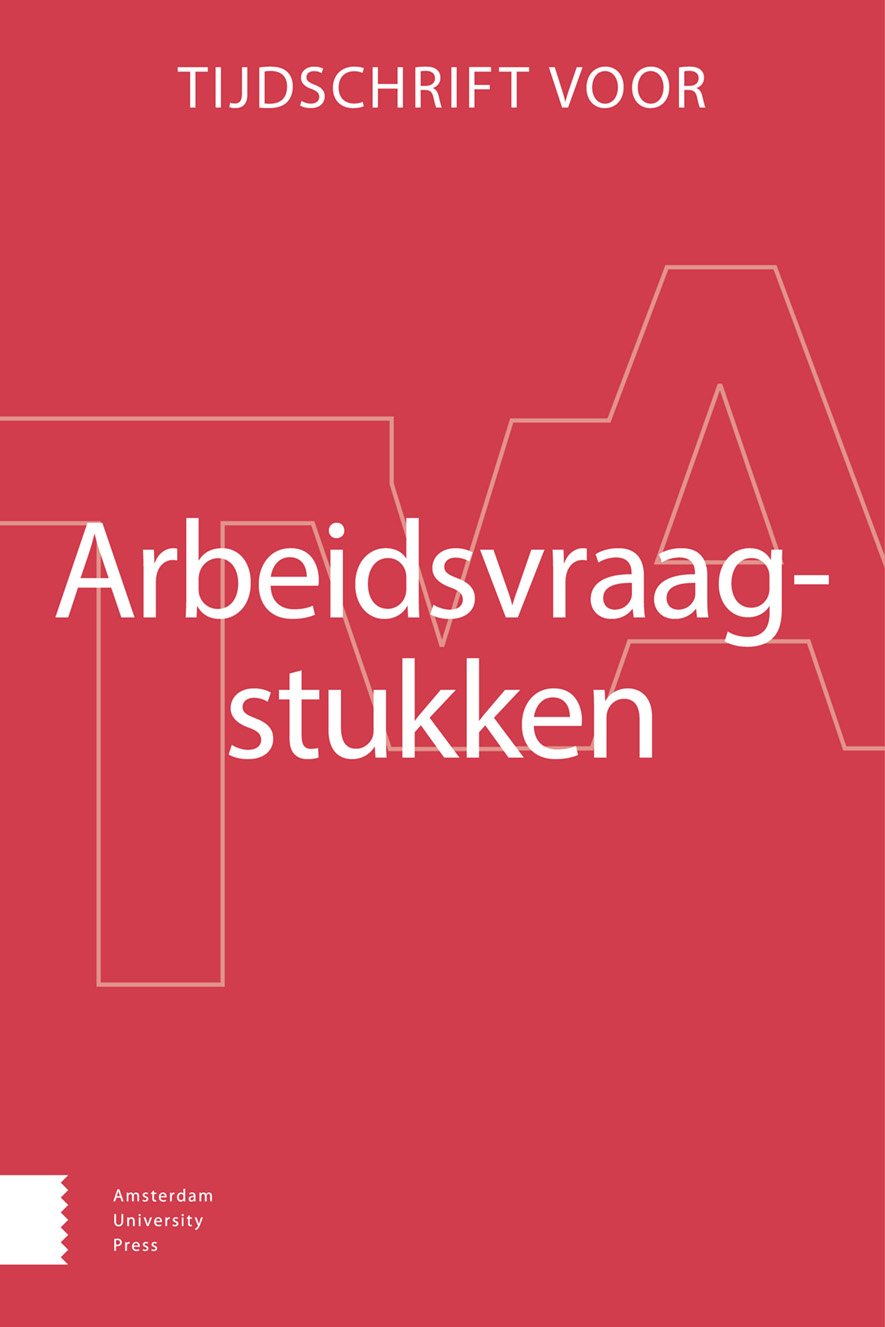
Full text loading...
We use cookies to track usage and preferences.I Understand
In dit artikel worden de conceptuele, theoretische, methodologische en praktische beslissingen gepresenteerd die ten grondslag liggen aan een diagnostisch instrument waarmee teamleiders in de zorg samen met hun teamleden de feitelijke werkdruk in kaart kunnen brengen. Vervolgens worden deze vergeleken met de beslissingen die ten grondslag liggen aan vragenlijsten die gebaseerd zijn op het Job Demand-Control-model (JD-C), het Job Demands-Resources-model (JD-R) en het Demand-Induced Strain Compensation-model (DISC). Vergeleken worden de kenmerken en problemen van deze modellen en de wijze waarop deze problemen opgelost worden in het werkdrukinstrument. Geconcludeerd wordt dat ten opzichte van het JD-C-model het werkdrukinstrument een vooruitgang is en het JD-R- en DISC-model een achteruitgang zijn.

Article metrics loading...

Full text loading...
References


Data & Media loading...

